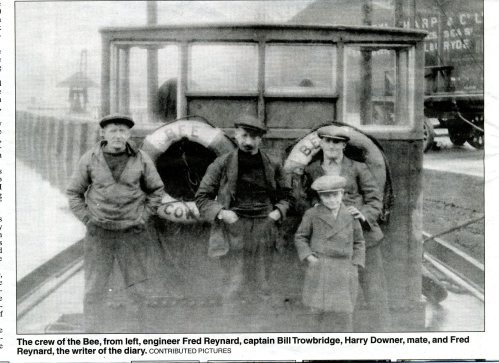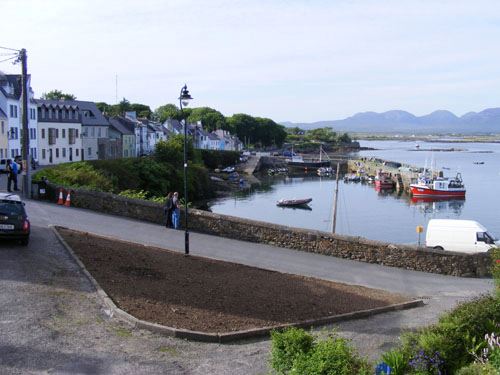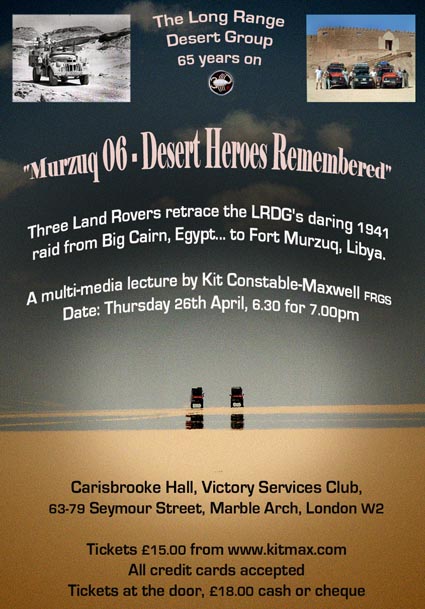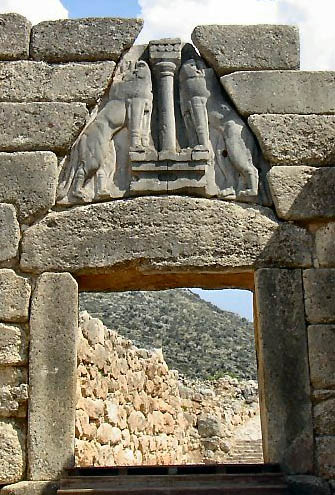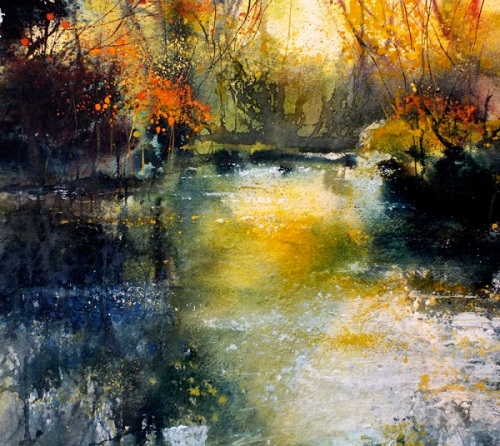AMELIA EARHART ABANDONED ON THE MARSHALLS?
Mike Campbell’s book Amelia Earhart – The Truth At Last inspired me to look at some of his sources, in particular he had noted Rear Admiral Edwin T. Layton, United States Navy (Retired) book I Was There- Pearl Harbour and Midway- Breaking The Secrets. Mike Campbell had written of the work that it has a detailed look into cipher and code breaking of the Japanese before Pearl Harbour.
I wanted to see how extensive that intelligence gathering was at the time of Amelia Earhart’s disappearance. It is clear from Layton’s book that intelligence gathering had been gaining ground from the 20s onwards. One of the pioneers was Laurence Safford, Captain Laurence Safford who wrote Amelia Earhart’s Flight Into Yesterday: The Facts Without The Fiction published in 1961. Safford was a firm believer in the crash and sink theory of the fliers.
What is interesting from Layton’s book I Was There, are his visits to Japan to learn Japanese and make contact with Japanese naval attaches as a background to his code breaking activities.
“The palm fringed atolls of the western Marshall Islands were the nearest territory to our Pearl Harbour base and therefore the most immediate potential danger to our security. Ever since my time in Tokyo I had suspected that they were being fortified as military bases.
One of the biggest islands, Jaluit was just over two thousand miles southwest of Hawaii and its proximity as a possible enemy base made it a priority in any intelligence mission to find out about what Japan might be doing in the mandates.
The islands of the Japanese mandate sprawling across the central Pacific offered ideal jumping off points from which their powerful surface and submarine fleet could sally forth to sever our communication lines to the Philippine’s or even to raid Hawaii. page 52 I Was There ibid.
Piecing together elements of Layton’s work a picture emerges of the lack of information the United States had about Japanese activities in the mandates in the 1930s which they had ‘inherited’ from the League of Nations following the defeat of Germany in the first world war. In response to a League of Nations report into conduct of the Japanese in Manchuria, Japan withdrew from its membership while retaining the mandates ceded to them.
By 1937 Japanese aggression in China was gathering pace. It may be plausible as some have suggested that Amelia Earhart’s round the world flight which radically changed course after her crashing the plane in Hawaii was used as the United States would use information from the Pan Am China Clippers to gather information of the Japanese mandates. Frederick Noonan was a Pan Am navigator with extensive experience about the clippers plying across the Pacific. There is no proof though only reports of off hand conversations Earhart had with engineers and relations at the time of the flight.
Clearly though Earhart’s plane the Electra was financed through the American government through money ceded through corporations and individuals. And the loss of Earhart and Noonan brought about a search for Elektra costing in the order of 4 million dollars. That is a massive sum in the 1930s.
The most telling information in Layton’s book is his posting to Hawaii in 1940 a year before Pearl Harbour. Since 1936 when a Tommy Dyer became the chief cryptanalyst and set up a centre on Hawaii. “This was one of the navy’s pre-war centres that specialised in the interception, cryptanalysis and translation of Japanese radio communications.” page 52 I Was There by Rear Admiral Edwin T. Layton, United States Navy (Retired)
In charge of Tommy Dyer was Lieutenant Commander Thomas B Birtley and they were joined by Lieutenant Ranson Fullinwider. Birtley and Fullinwider were both Japanese language officers of what became 14 Naval District Communications Intelligence Unit.
When Layton arrived in Hawaii during 1940 he volunteered to help them out as they were overworked. He was given some code to decipher which proved to be the first knowledge the American’s had of Japanese activity in the mandates.
“My analysis showed the prescence of the ‘P’ sound in in-Japanese positions in what appeared to be proper names. They appeared to fit with names such as ‘PA’rao (Paulau) and Pona ‘PE’ which were islands in the Carolines and the Marshalls.
As I recovered each new value, specific units were addressed, such as the Saipan defence force, Ponape garrison force, Kwajalein submarine base an Palau landscape base.” page 53 I Was There, ibid
Edwin T Layton explained the code to Admiral James O Richardson who was sceptical at first then convinced. “Now we know,” Richardson said “that the Japs were secretly violating their mandate for administering those islands. We have been trying to find out what’s going on for twenty years and here you have done it in twenty days. – from page 53 I Was There, ibid
If that statement recognises the extent of the United States knowledge of Japanese intentions in the mandates then that also may explain why they wanted Amelia Earhart to change her direction in flight as it gave the at the time isolationist United States still wary of war reason to build an airfield at Howland Island for Amelia Earhart to land upon. It would also give the United States a base for launching bombers if required in a war with Japan.
Mike Campbell drawing upon Fred Goerner’s In Search of Amelia Earhart notes that Japan had 13 high frequency direction finder stations in the mandated islands in 1937 including a station on Jaluit. page 173 Fred Goerner quoted by Mike Campbell Amelia Earhart The Truth At Last.
That would seem to lend a basis for the notion that the Japanese were able to track Amelia from her radio messages or perhaps not as she kept them deliberately short in her communications which it has been argued that direction finders could not get a bearing on her.
An extraordinary film made in 1943 presents the idea of a Government inspired landing in Japanese held territory. Flight for Freedom 1943 film starred Rosalind Russell as an Amelia Earhart character Toni Carter and Fred MacMurray as a Frederick Noonan character. The fliers purposely crash in Japanese held territory at the behest of the American government. See page 127 Mike Campbell ibid.
In 1937 Edwin Layton had been in Tokyo at the time of Earhart’s disappearance and the only reference to Amelia Earhart is this brief paragraph:
“We had worked closely with Yamamato’s office during the July search for Amelia Earhart, a matter in which they co-operated politely if half heartedly.” page 62 I Was There ibid speaking of his time in Tokyo where he knew Vice Admiral Isoroka Yamamoto the Japanese Naval Vice Minister.
What is curious about Amelia Earhart’s flight is her abandonment of the morse telegraph keys which would allow her to send morse at which she wasn’t proficient but Noonan could have easily have sent and received morse:
Alan Vagg a radio operator at Bulolo forty miles south west of Lae was asked by his head office in Sydney to make contact with the fliers. Vagg said he had radio telegraph communication with Frederick Noonan during Electra’s flight from Darwin to Lae.
“I was impressed by the quality of Noonan’s morse. Slow but very clear and easy to read.” Alan Vagg see page 46 Mike Campbell ibid
Until the complete Amelia Earhart classified files are released which may be never we can only surmise and piece together elements from the research of Goerner, Thomas and Campbell to arrive at the truth.
For now we know that the appalling weather conditions, poor radio communications played their part and it seems to suggest that Amelia Earhart and Frederick Noonan were abandoned to their fate on the Marshall Islands at a time when Japanese and United States relations had reached a crucial point.


